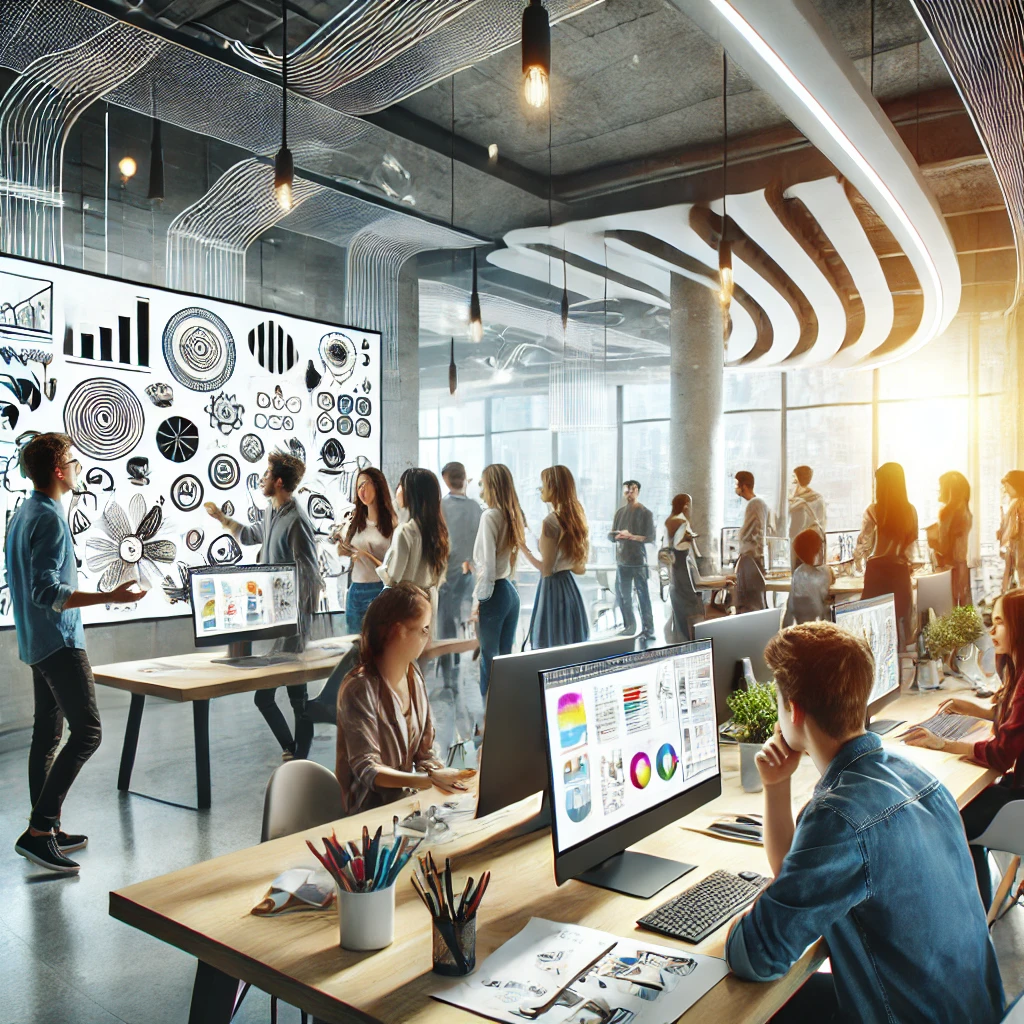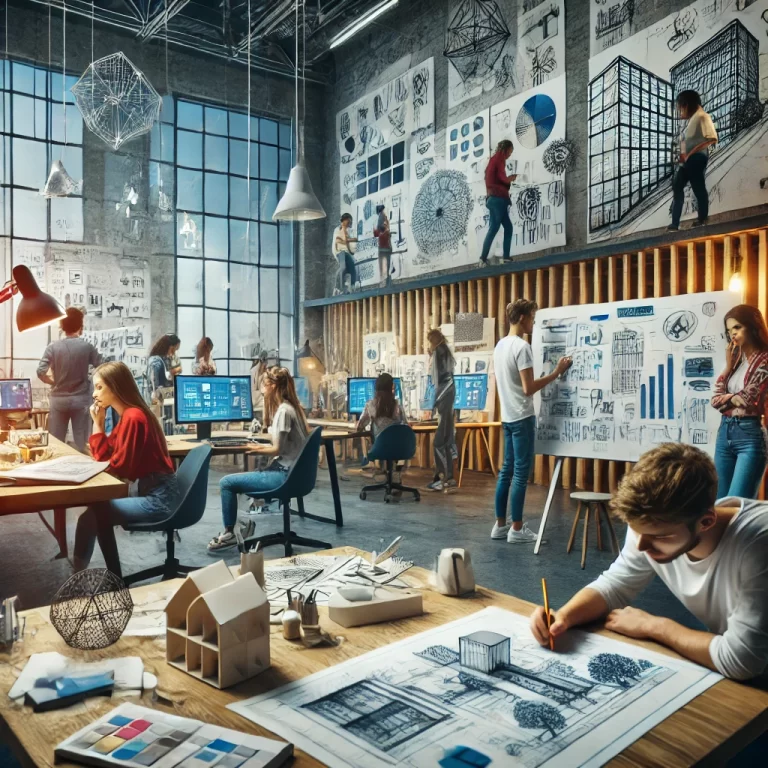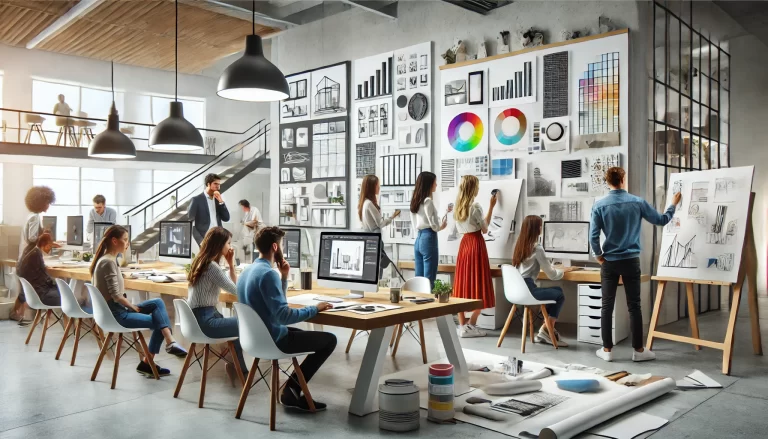How Collaboration Enhances Student Creativity in Design Projects

Collaboration is at the heart of many successful design projects, and for students, it offers a wealth of opportunities to enhance creativity and problem-solving. Working alongside peers with different backgrounds, skill sets, and perspectives can lead to more innovative and refined design solutions. Let’s explore how collaboration enhances student creativity in design projects.
1. Diverse Perspectives Lead to Fresh Ideas
When students collaborate, they bring unique viewpoints and skills to the table. A group of students might have different design styles, technical expertise, and cultural influences. This diversity sparks creativity and encourages students to explore new solutions and unconventional ideas. The exchange of ideas often leads to more innovative outcomes than if students were working in isolation.
2. Sharing Skills and Knowledge
In a collaborative setting, students have the opportunity to learn from each other. Whether it’s mastering a new design software, learning about different design principles, or developing new techniques, collaboration allows students to expand their knowledge and refine their skills. This cross-pollination of expertise leads to a higher quality of work and enhances creativity.
3. Building Confidence through Team Support
Collaboration fosters a sense of support and camaraderie among students. When working in a team, students feel more confident in sharing their ideas and taking creative risks. This environment of trust and encouragement allows students to think outside the box and take ownership of their contributions. With the support of their peers, students can push their creative boundaries without fear of failure.
4. Problem-Solving Through Teamwork
Collaboration also helps students tackle complex design problems. When faced with a challenge, students can brainstorm together, propose solutions, and critique each other’s ideas. This problem-solving approach allows them to see multiple perspectives and come up with the most effective and creative solutions. Collaborative teamwork often leads to breakthroughs that students might not have achieved individually.
5. Preparing for the Real-World Design Environment
In the professional design world, collaboration is essential. By working with others during their education, students gain valuable experience in teamwork, communication, and managing group dynamics. They also learn to navigate the challenges of coordinating different ideas and skill sets, preparing them for the collaborative nature of the design industry.
Conclusion
Collaboration is a powerful tool that enhances creativity and innovation in design projects. For students, working with others not only expands their knowledge and skills but also fosters a sense of community and support. By embracing collaboration, students are better equipped to tackle complex design challenges and produce creative solutions that reflect the power of teamwork.






